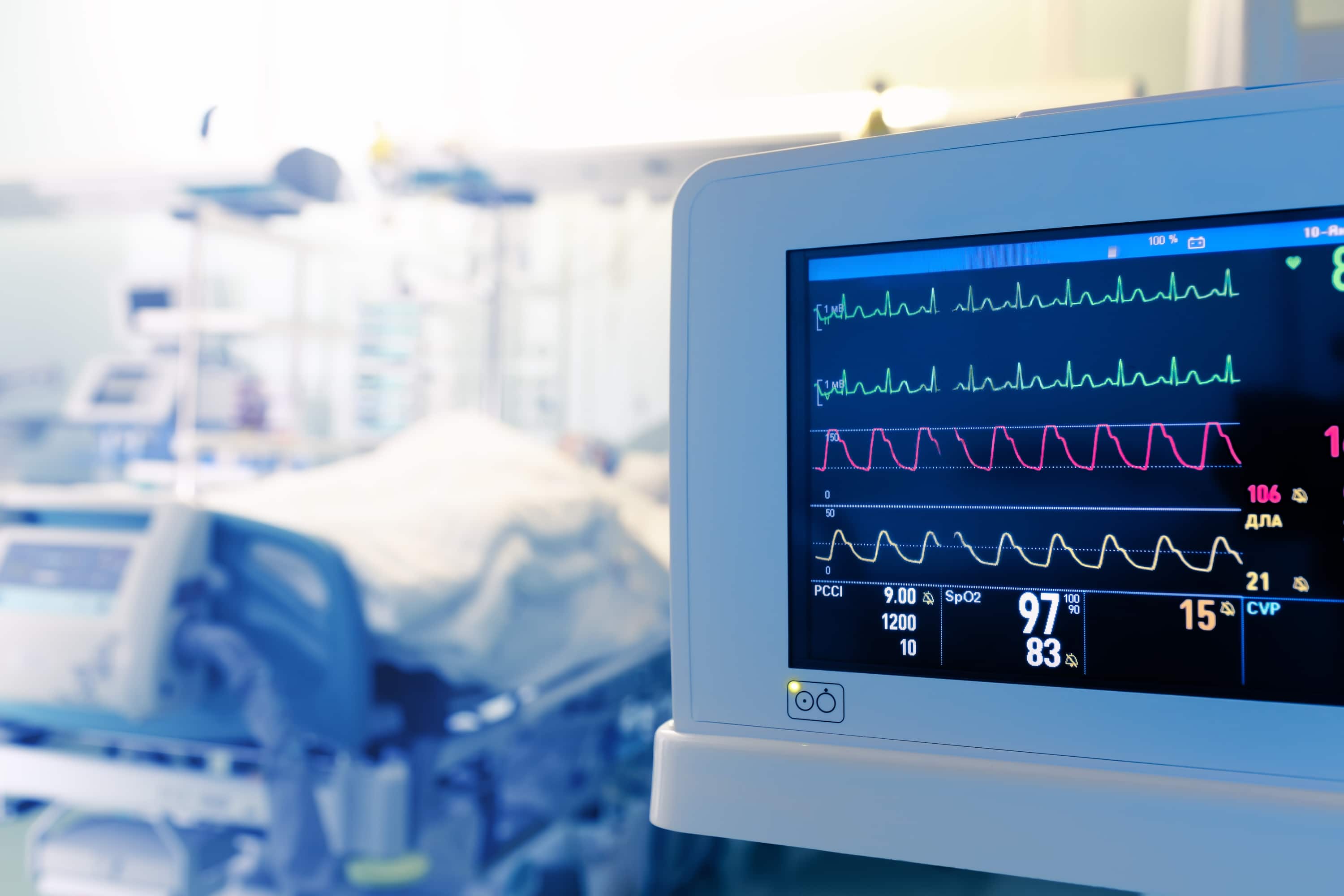
As health insurance reimbursement mechanisms become increasingly dense and complicated, it is essential for healthcare management companies to focus on a cornerstone of the practitioner experience in a medical episode: billing. Billing refers to the complex set of codes that a healthcare practitioner must submit to the hospital’s electronic medical records system in order to (a) record in a standardized system the services and procedures rendered during a patient’s stay in the facility and (b) submit for reimbursement from the patient’s insurer or, if uninsured, by the patient him/herself out of pocket. Medical billing is under increased focus from anesthesia management companies as the rules and regulations shift under Center for Medicare and Medicaid Services (CMS) for advising how to treat such issues. Similar to coverage policies, the standards for medical billing under CMS often directly influence that of commercial payers. Therefore, when delving into the issue of medical billing it is often helpful to base management on the foundation of national systems, in order to build from the most stringent criteria to that which may be less rigid in practice.
As a precondition for selecting the correct code in medical billing, it is necessary to identify the practitioner who enacted the service or procedure on the patient. Moreover, the billing code should also distinguish between the practitioner — including an anesthesiologist, certified registered nurse anesthetist (CRNA), anesthesiologist assistant (AA), registered nurse (RN), or nurse practitioner (NP) — who enacted the procedure. CMS provides several categories to assist anesthesia administrators with forming such a distinction, based upon input from the clinicians themselves. The predominant categories are: teaching, personally performed, medically directed, and medically supervised. The first two are fairly self-explanatory. But, the difference between medically directed and medically supervised is often confused, leading to differences in billing and thus reimbursement outcomes for the patients and hospital. According to CMS, the “medically directed” designation indicates a more significant level of involvement from the most senior practitioner than that of the “medically supervised” category. For example, an anesthesiologist who performs the preoperative exam and evaluation, prescribes the medications that will be utilized during surgery, and/or personally performs the most complicated parts of the anesthesia procedure during surgery would clearly have worked above his/her role as supervisor. Therefore, in this case the billing code would fall under “medical direction”. However, consider another example: an anesthesiologist and CRNA are working on the same case team and the anesthesiology is highly staffed (defined as participating or leading on more than four cases). The anesthesiologist may advise on the anesthesia plan, but the CRNA would be responsible for enacting all the parts of the project plan, including administration of anesthesia. In turn, this case would be defined in the medical billing scenario as a medical supervision case, reflecting the lack of physician involvement in every step of the anesthesia episode.
Along with distinction of clinician roles in the medical side, a prime component of accurate medical billing rests with meeting rigorous documentation requirements. Documentation should include timing, clinician notes, dosage and administration, medical equipment usage, and a medical assessment at minimum. Furthermore, any documentation requires a verified signature from the surgeon or most senior clinician present during the surgery. In the event that an insurance claim is rejected, medical billing administrative professionals will often refer back to the verified case notes to elucidate the specifics of a case. Thus, it is critical for the documentation to be comprehensive, specific, accurate, and up-to-date.
Fortunately for anesthesiologists, CRNAs, AAs, and other anesthesia providers, innovations in healthcare technology are actively working to facilitate the documentation process for clinicians. A study in the peer-reviewed journal Anesthesiology described a computer software which can automatically examine electronic medical records and alert clinicians if there appears to be an error, with a targeted response for resolution. The researchers found that the system not only reduced the number of unbilled records and median time to address documentation errors, but it also increased the anesthesiology department revenue by approximately 400,000 USD as a result of re-captured reimbursement. The efficacy and cost benefits of bolstered documentation, and thus more accurate billing and reimbursement as illustrated in this study, highlights the importance of high standards in billing from the anesthesia management perspective.
Anesthesia management companies should emphasize a focus on billing in their administrative and clinical staff alike in order to continue moving forward, providing high-quality and cost-effective compassionate care for all patients who undergo procedures nationwide.
Sources:

